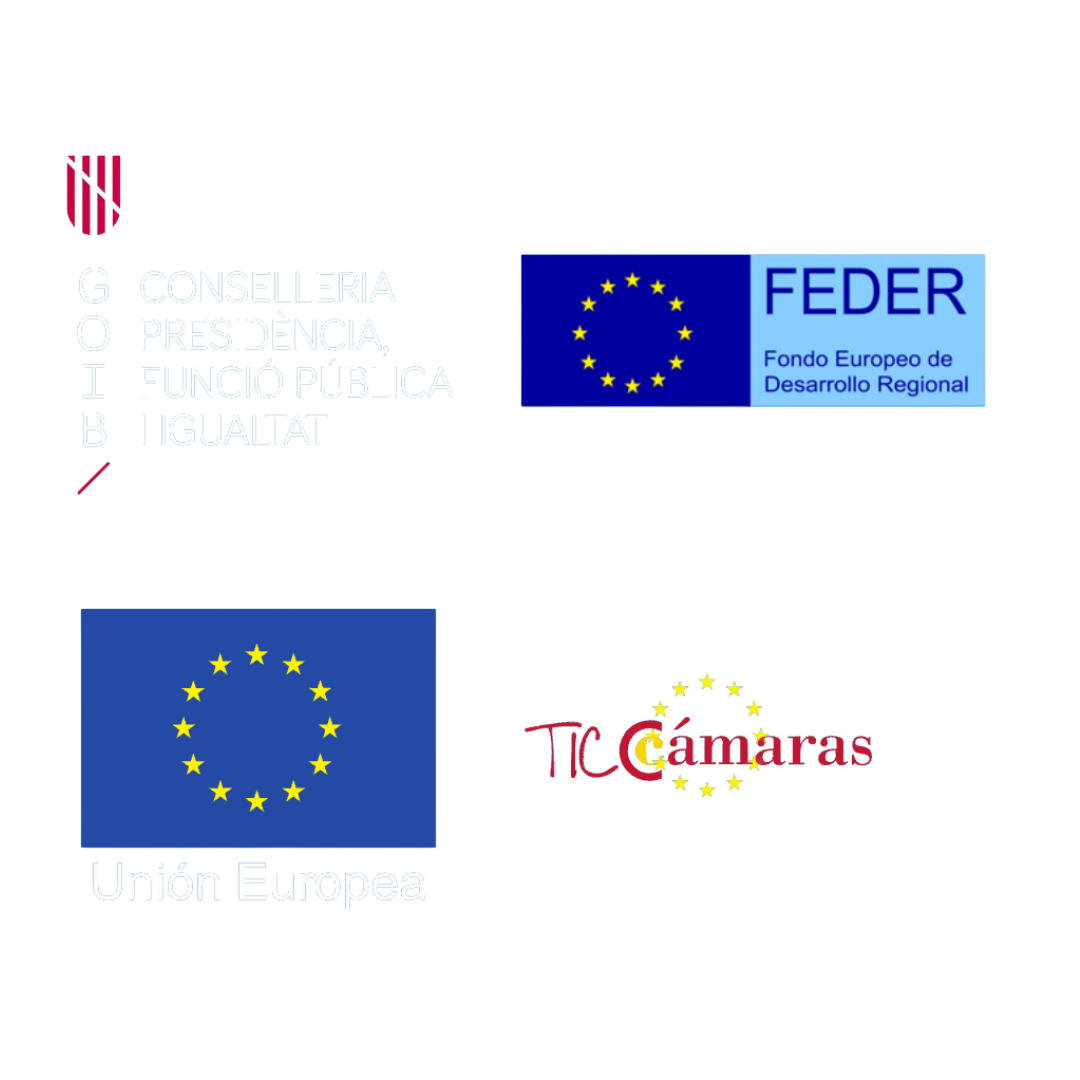Property Registry and Land Registry Harmonize Their Information for Better Coordination
A Step Toward Greater Legal Security
With the entry into force of Law 13/2015, of June 24, Spain has taken an important step toward improving coordination between the Property Registry and the Land Registry (Cadastre).
The main objective of this reform is to eliminate contradictory information between both registries for the same property, ensuring legal certainty and transparency in real estate transactions.
While the Land Registry is an administrative record that defines the physical and descriptive characteristics of real estate, the Property Registry provides publicity and legal protection to ownership and other property rights. Historically, both operated separately — a situation that sometimes led to duplication, inconsistencies, and even disputes.
Key Legal Framework
The reform modifies:
- The Mortgage Law (Decree of February 8, 1946).
- The Consolidated Text of the Real Estate Cadastre Law, approved by Royal Legislative Decree 1/2004, of March 5.
The goal: to promote the joint exchange of information between both registries and prevent discrepancies in property boundaries, ownership, or physical description.
Practical Effects of the Reform
1. Unified Geographic Information
A cartographic representation from the Land Registry (Cadastre) must now be included as the graphic basis in the Property Registry.
This georeferenced map has become compulsory for property registration, ensuring precision and consistency in location, area, and boundaries.
2. Simplified Procedures and Lower Costs
The reform has introduced faster administrative and notarial procedures, reducing the need for court intervention and thus lowering associated legal costs.
3. Accuracy in Property Measurements
Any difference in surface area greater than 5% (or 10% if based on cadastral data) now requires a notarial file with summons to neighboring owners.
4. New Responsibilities for Notaries and Registrars
Notaries and registrars now handle:
- Ownership records for property registration.
- Surface rectifications and graphic representations.
- Renewal of registry entries.
- Removal of expired encumbrances.
This prevents the need to go to court for issues that can be resolved through registry coordination.
5. Town Planning Integration
Within three months of the law’s publication, local councils were required to provide the registrars with digital access to urban planning maps, ensuring updated and accessible information on zoning and development.
This enhances legal transparency and security for citizens and investors.
Conclusion
The coordination between the Property Registry and the Land Registry represents a major advance toward a modern, secure, and transparent real estate system.
At Frau Legal, we help clients navigate these technical and legal updates, ensuring that their property documentation and registrations comply with the current legal framework.
For more information, you can consult the official platforms of the
👉 Spanish Cadastre and the Property Registrars of Spain.






